Mango stone
best_botanist
18 years ago
Related Stories

BASEMENTSBasement of the Week: High-End Problem Solving for a Show House
Dark and dated? Naturally. But this '70s-style basement had myriad other design issues too. See how the designer rose to the challenge
Full Story
WHITE KITCHENS4 Dreamy White-and-Wood Kitchens to Learn From
White too bright in your kitchen? Introduce wood beams, countertops, furniture and more
Full Story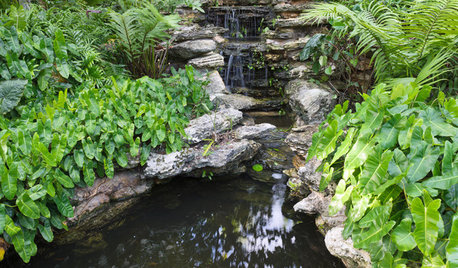
LANDSCAPE DESIGNRecipe for Tropical Edible Garden Style
Appeal to exotic good taste with fruit trees, palms and tropical look-alikes in your temperate-climate garden
Full Story
CONTEMPORARY HOMESHouzz Tour: Rustic Modern Luxury in the Sonoma Wine Country
Beautiful textures, materials and artisan pieces highlight this dreamy neutral-hued home
Full Story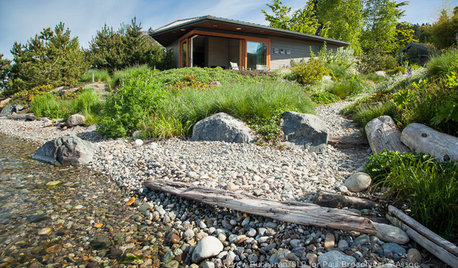
INSPIRING GARDENSLawn Gives Way to a More Natural Lakeside Garden
Meadow grasses, beach pebbles and driftwood replace turfgrass in a nature-friendly landscape on Lake Washington’s shore
Full Story
MOST POPULAR33 Magic Household Cleaning Tips
Houzzers from around the world share their tips for transforming housework into child’s play
Full Story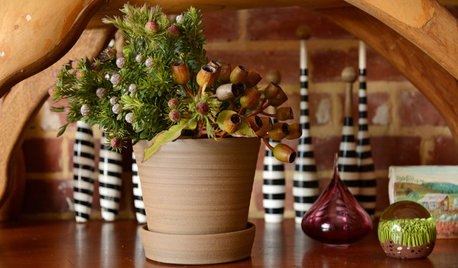
HOLIDAYSHoliday Decorating: Natural Looks From Down Under
Native greens and craftsy touches give an Australian stylist's home festive flair with an organic feel
Full Story
MATERIALSAre You a Maker? Show Us Your Favorite Tool or Material
Houzz Call: A tool or material can be a maker’s best friend. We’d like to see your favorite — and what it helps you achieve
Full Story
GARDENING AND LANDSCAPINGShow Us Your Garden Retreat
Where do you go to get away from it all and unwind in your yard?
Full Story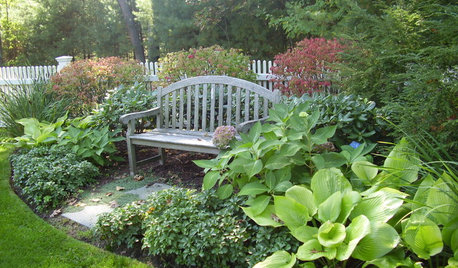
GARDENING AND LANDSCAPINGLandscape Design: A Secret Garden
Create a sense of discovery in your garden with an unexpected clearing, a shady arbor or a secluded nook
Full Story






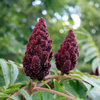
morz8 - Washington Coast
hvg118
Related Professionals
Bridgeport Landscape Contractors · Fort Atkinson Landscape Contractors · Quincy Landscape Contractors · Vallejo Landscape Contractors · Waldorf Landscape Contractors · West Coon Rapids Landscape Contractors · Wilsonville Landscape Contractors · Suisun City Landscape Contractors · Tualatin Carpenters · Baltimore Fence Contractors · Burbank Fence Contractors · Fullerton Fence Contractors · Lakewood Fence Contractors · Modesto Fence Contractors · Skokie Fence Contractorstasty
welham